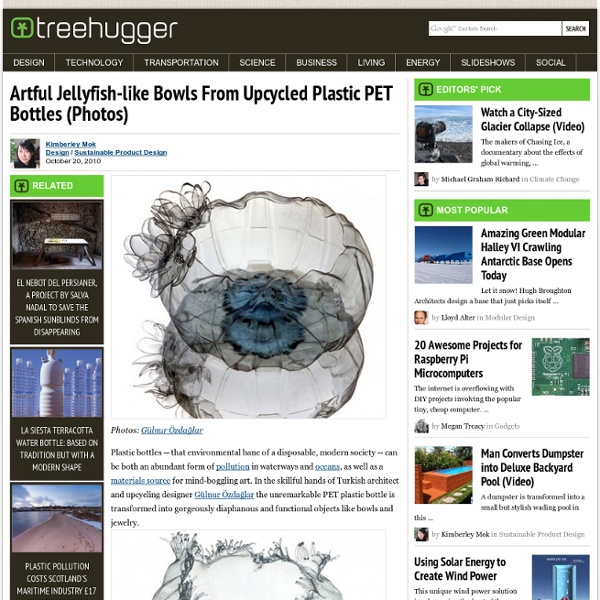Artful Jellyfish-like Bowls From Upcycled Plastic PET Bottles (Photos)

Potato paint recipe, esprit cabane, make your own paint
This peasant paint recipe dates back to seventeenth-century Northern Europe. It is recommended for walls and can be directly applied on plaster or over a coat of light-colored acrylic paint that has been delicately sanded. This paint is natural, inexpensive and very resistant, and can be colored to suit any taste. Natural colors such as sienna or ochre are enhanced by potato paint, which will develop a pretty patina effect over time. Combine with a slightly sanded gold frieze for a handsome result. Apply at least two coats. Cook about 5½ oz. (150 g) of potatoes, then mash and mix with 10 to 12 fluid oz. boiling water. In a bowl, dilute 5½ oz. (150 g) chalk powder* in 5 fluid oz. cold water. Your paint is now ready to use. * Chalk Powder: Finely ground natural chalk.
Related:
Related:



